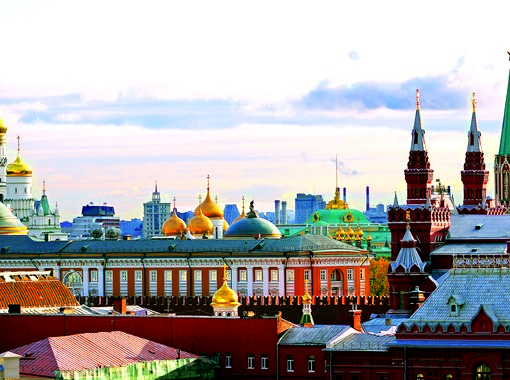
The business and management consulting industry’s revenue increased by eight percent in 2015. Revenue growth was driven by an increase in investments in the Russian Far East region, as well as by the restructuring in the retail sector and in the crude petroleum and natural gas extraction industries. However, the consulting industry’s growth was restricted by the economic downturn, as well as a decline in foreign investment inflows in Russia.
The demand for consulting services was fueled by a growing business activity in the Russian Far East and the increasing interest towards the Russian market from Asian investors. The Russian government encouraged investments in the country’s Far East region through infrastructure projects, including the renovation of the Trans-Siberian and the Baikal-Amur railways, the availability of a network of free ports, as well as the construction of gas pipelines and a national space center. As a result, the government made plans for RUB3.5 trillion (USD50 billion) in invest-ment into the Far East, with 80 percent expected to come from private investors.
The economic downturn and contracting domestic consumption have resulted in a decline in local business confidence in Russia. Reduced business activity in the Russian market negatively affected demand for consulting services. However, the unfavorable economic environment encouraged companies to increase their spending on business transformation, risk management, operational efficiency, and sanctions-related consulting. In addition, the consultants’ expertise in foreign markets was also in demand, as domestic companies sought ways to ensure business growth through entering foreign markets.
However, the combination of falling oil prices, a weak rouble, and economic sanctions resulted in a decline in investment from Western countries. The decline registered in foreign investment inflows into Russia in 2015 led to the reduction in the volume of work for consulting companies in the country. International consulting firms were the most affected due to the fall in foreign investment. The depreciation of the rouble also negatively affected the revenue of international companies. In addition, international firms lost a number of Russian state-financed clients due to the unfavorable geopolitical situation.
The major buyers of consulting services in Russia are from the retail industry. Retailers increased their purchases of consulting services by 13 percent in 2015. In 2015, weak domestic consumption in Russia led to a decline in retail sales, which recorded the greatest decrease in the last two decades. As a result, retailers purchased cost-cutting, financial management and operational efficiency consulting services. In addition, expanding e-commerce resulted in the increased demand for digital consulting as well.
The crude oil and natural gas extraction industry increased its spending on consulting services by six percent in 2015. The industry was hit by continuing low oil prices and sanctions restricting equipment supply and capital inflows from the E.U. Although the increase in consulting purchases was slower than the average nine-percent CAGR observed from 2010 to 2015, energy and natural resource consultants still experienced a growing demand in the country, fueled by oil companies’ restructuring, operational efficiency, and cost-cutting processes.
Being heavily affected by sanctions, Russian banks increased their purchases of consulting services by four percent in 2015. An increase in consulting expenditures was fueled by a demand for risk and financial management, cost-cutting, and regulatory consulting. However, growth in 2015 was lower than the average nine-percent CAGR registered from 2010 to 2015, as banks were restricted from borrowing abroad, which negatively affected the banks’ expenditures on consulting services.
The “other” business and management consulting services category recorded the highest increase in revenue of 11 percent in 2015. The increase was fueled by the growing popularity of digital consulting in the country. Even though digital consulting was not widely popular among local businesses, a growing internet penetration rate in Russia and expanding e-commerce has contributed to a strong potential for growth in consulting services generally.
The business consulting sector registered an 11-percent growth rate, which was fueled by an increase in sanctions- and regulatory-related work, as well as the ongoing restructuring and the cost-cutting trend among companies operating in the Russian market. However, the consulting and business management industry was still challenged by personnel shortages, the lack of confidence in consultants, as well as a skeptical perception of the benefits derived from consulting and the businesses’ sensitivity to fees charged for consulting work.
The number of consulting companies increased by three percent in 2015. Firms with more than 100 employees dominated the sector. Such players generated 82 percent of domestic revenue in 2015.
The revenue of the business and management consulting industry is projected to increase at a seven-percent CAGR from 2015 to 2020. The rate of increase is expected to be negatively impacted as a result of the continuing difficult economic situation in Russia. However, the industry will be bolstered by a growing demand for digital consulting and a continuing need to deal with sanctions-related issues.
E-commerce expansion and a projected growth in internet penetration in Russia are expected to contribute significantly to the further growth in digital consulting. Furthermore, in line with the growing demand for consulting on IT issues, companies are set to increasingly request the newest digital business solutions to heighten their competitiveness in domestic and international markets.
The demand for consulting services will be buttressed by a growing trend of import substitution in Russia, as the country’s imports have been limited due to geopolitical tensions between Russia and the West. Local production is set to be particularly encouraged in the pharmaceutical, the petrochemical, and the manufacturing sectors of the economy.


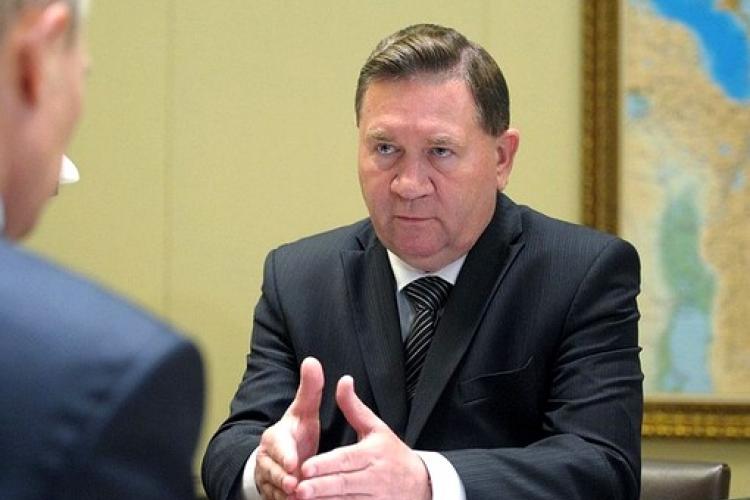
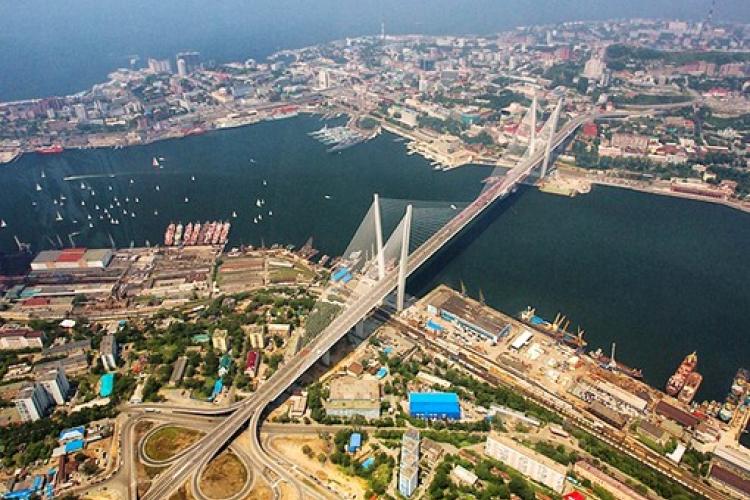

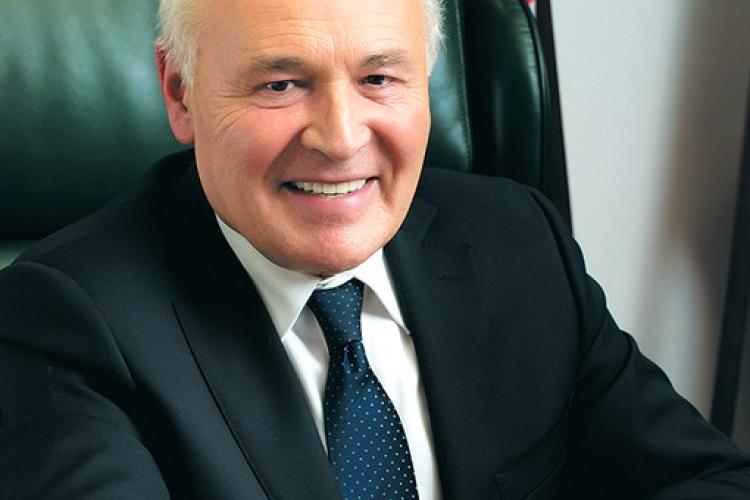
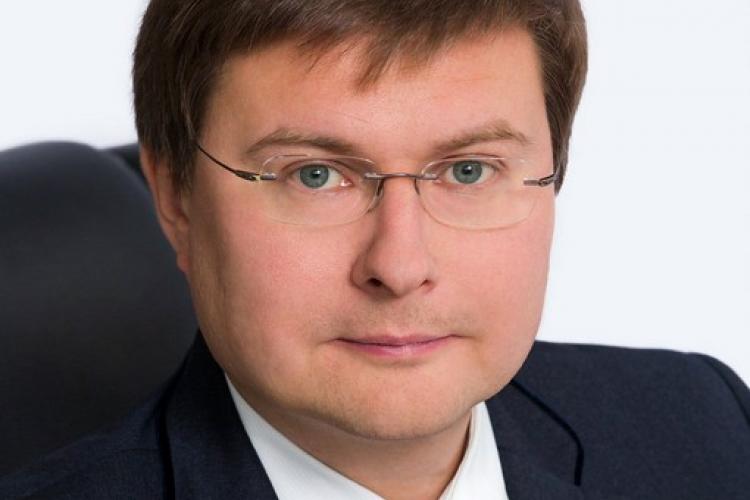


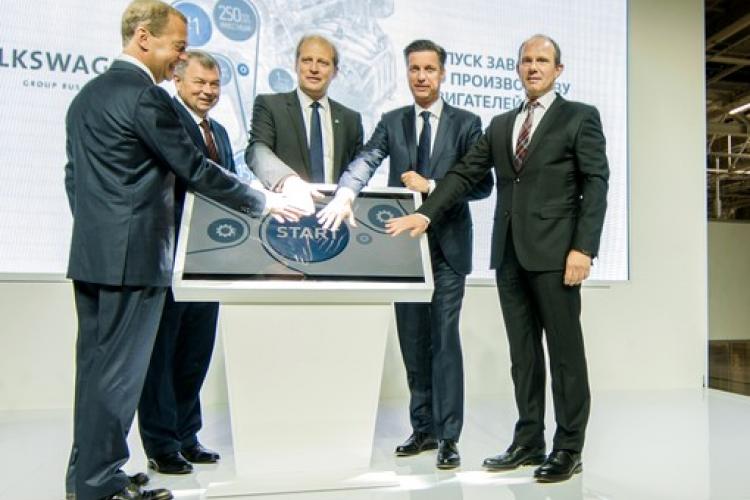
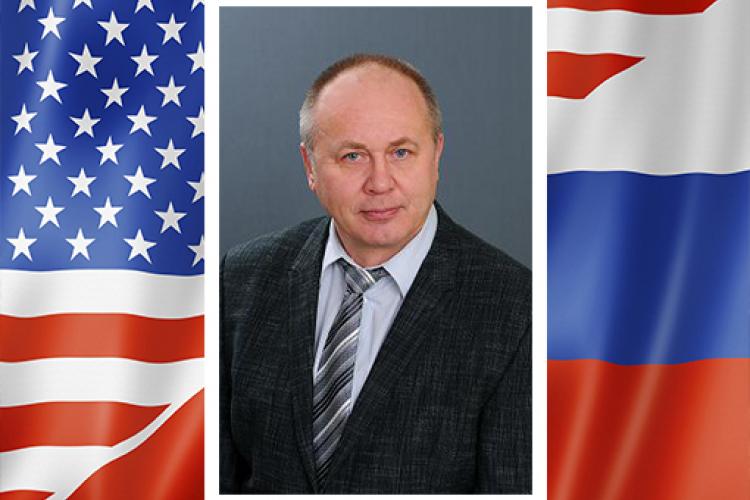

Leave a comment